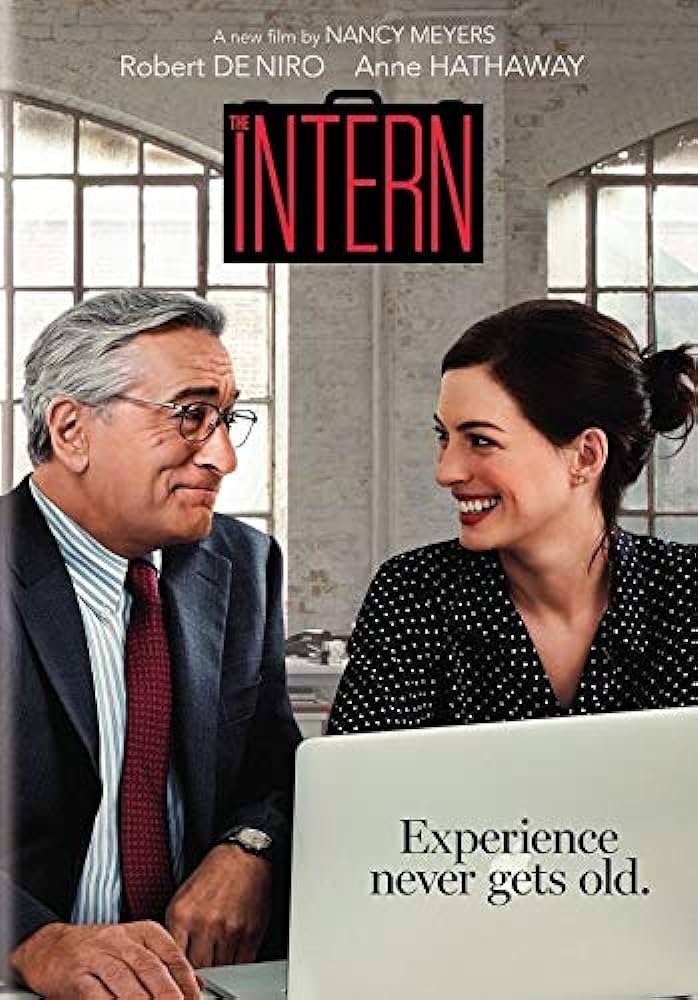
The Intern movie with Robert De Niro and Anne Hathaway. Experience never gets old. 2015 and still relevant in 2024.
While demographics shift and the average lifespan increases, a puzzling trend persists: ageism in the workplace. Despite a rising retirement age and a growing population of older workers, negative stereotypes about age continue to hold them back.
A Disconnect Between Demographics and Attitudes:
The reality is, people are working longer. Financial pressures, a desire for purpose, and overall better health are pushing the traditional retirement age upwards. However, employer mindsets haven’t always kept pace. Many businesses cling to outdated ideas about older workers being less tech-savvy, adaptable, or innovative.
The Cost of Age Discrimination:
Ageism isn’t just unfair, it’s bad for business. Experienced workers bring valuable institutional knowledge, strong work ethic, and proven problem-solving skills. They can mentor younger colleagues, fostering a culture of collaboration. Studies show age-diverse teams outperform homogenous ones. By overlooking qualified older candidates, companies miss out on a significant talent pool.
Beyond the Stereotypes:
The truth is, age is just a number. Skills, experience, and drive are what matter most. Older workers often have a wealth of experience across different industries, making them adaptable and resourceful. Their tech skills can be readily updated, and their focus and work ethic are often assets.
Building an Age-Inclusive Workplace:
So, how can we combat ageism in the workplace?
- Rethink job descriptions: Focus on skills and experience, not age-related qualifiers like “recent graduate” or “digital native.”
- Blind hiring practices: Consider anonymizing resumes during the initial screening process to focus on qualifications.
- Invest in training: Offer ongoing training on new technologies and changing workplace practices for all employees.
- Promote a culture of mentorship: Pair experienced workers with younger colleagues to foster knowledge sharing and collaboration.
By dismantling ageist stereotypes and building inclusive workplaces, companies can tap into the full potential of their workforce, regardless of age. In an era of rising retirement ages, this isn’t just good practice, it’s smart business.







